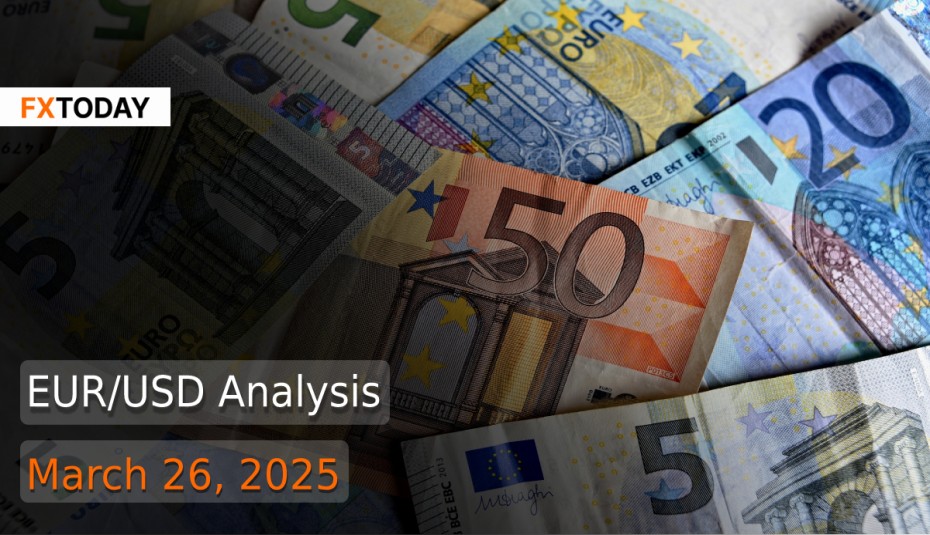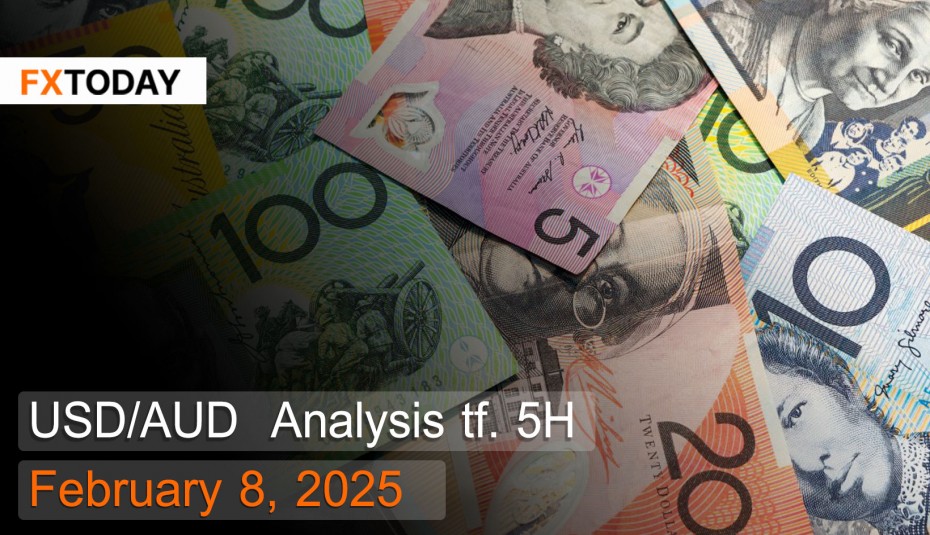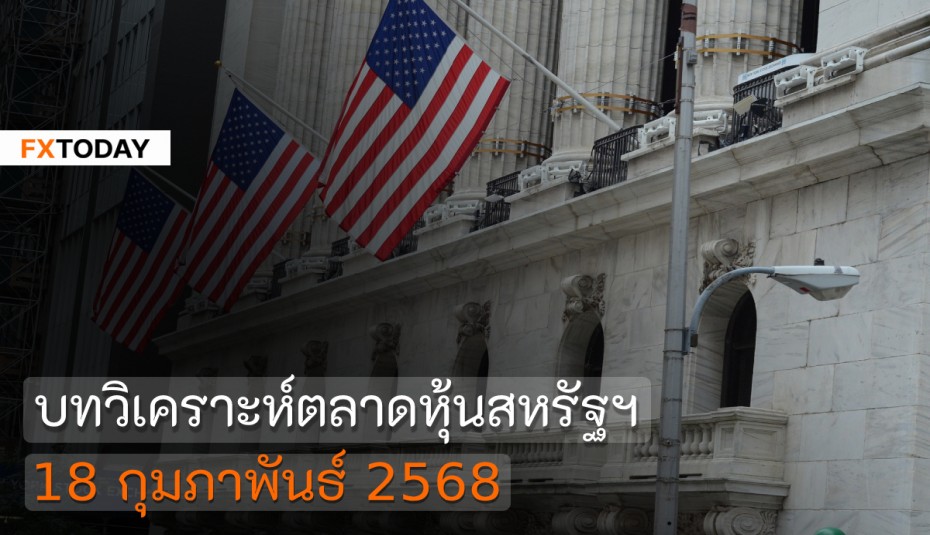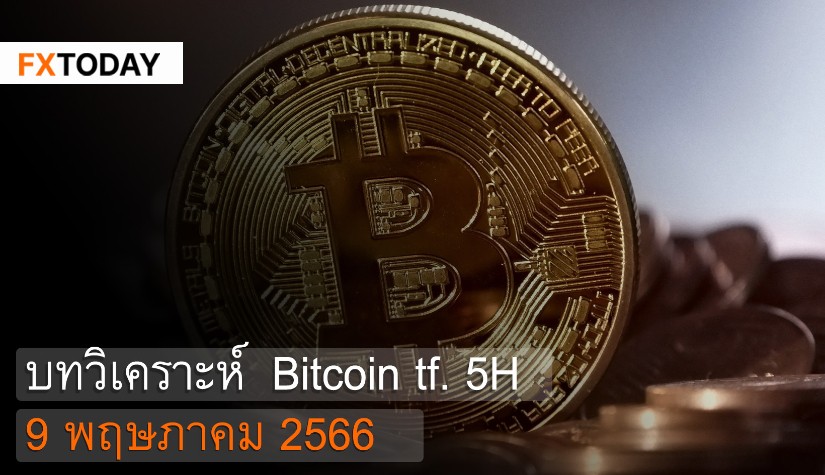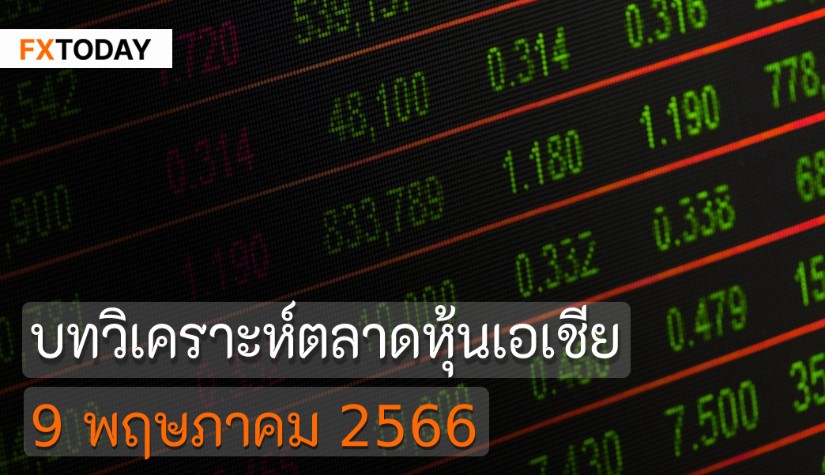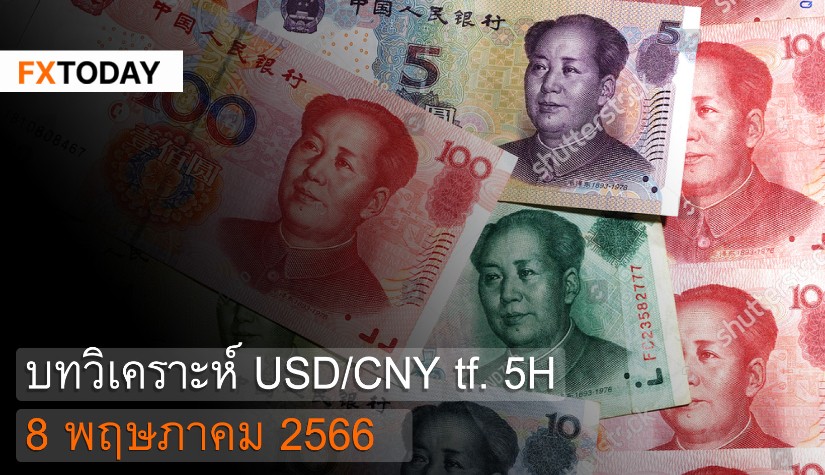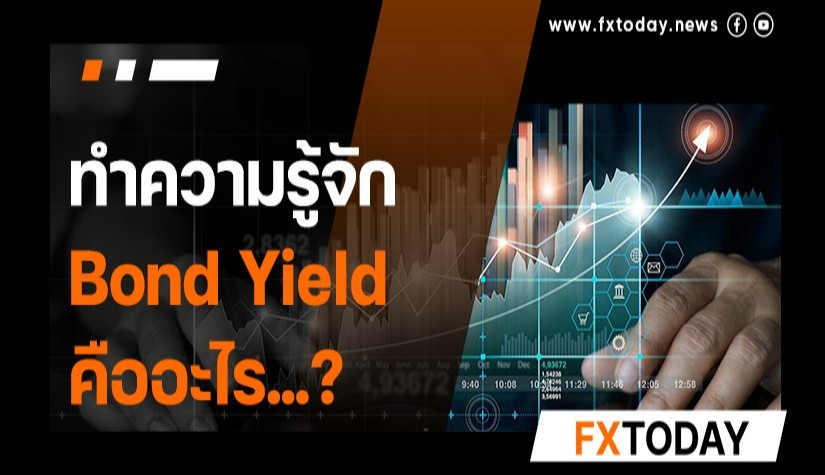Euro Weakens as Market Focus Shifts to Trade and Fiscal Policies
The euro weakened against the dollar, with EUR/USD slipping to 1.0786 as the rally lost momentum. Despite a modest improvement in Germany’s Ifo consumer sentiment survey, it fell short of expectations following weak PMI data. Market focus shifted to Russia-Ukraine peace talks, with key meetings scheduled in Saudi Arabia. The euro, which had plummeted earlier due to economic concerns and U.S. tariffs under President Trump, is expected to rebound by year-end, with analysts at Macquarie forecasting EUR/USD to reach 1.10 as the "American exceptionalism" narrative fades.
Germany’s aggressive fiscal stimulus, including a €1 trillion spending plan, has fueled economic optimism. The Ifo business expectations index rose to 87.7 in March, indicating growing confidence, while business activity expanded at its fastest pace in ten months. The eurozone’s composite PMI edged up to 50.4, suggesting a gradual recovery, though services growth remained sluggish. However, consumer confidence in the eurozone declined in March, and EU-U.S. trade tensions escalated as European officials sought to prevent steep tariffs on EU goods. Talks with U.S. trade representatives were inconclusive, with Trump’s tariff plans, set for April 2, adding to economic uncertainty.
On monetary policy, ECB board member Piero Cipollone suggested conditions favor further rate cuts as inflation declines, with markets anticipating a cut by June and another by year-end. However, ECB officials remain cautious due to uncertainties such as trade conflicts and rising defense spending. Germany’s large-scale spending on defense and infrastructure is expected to support growth but poses inflationary risks. Dutch central bank chief Klaas Knot warned of unpredictable inflation trends amid rising debt. ECB President Christine Lagarde cautioned that a U.S.-EU trade war could cut eurozone growth by 0.3–0.5 percentage points while temporarily increasing inflation.
Germany’s business morale improved in March. Companies expressed increased satisfaction with current conditions and optimism for the future, with industrial export expectations improving. The German economy, which contracted by 0.2% in the last quarter, is now projected to grow by 0.2% in Q1, driven by hopes of greater political stability and investment. A major shift in fiscal policy is contributing to this optimism, as Germany’s parliament approved a large-scale spending package, signaling the end of decades of fiscal conservatism. Analysts at Deutsche Bank now forecast GDP growth of 1.5% in 2026 and 2% in 2027, though near-term uncertainty remains due to potential U.S. tariff policies. Fiscal expansion could push Germany’s 10-year bond yield to 4%, its highest since the 2008 financial crisis.
Germany’s private sector activity showed signs of recovery in March, with the composite PMI rising to the highest in ten months. Manufacturing output increased for the first time in nearly two years, though the services sector lost momentum. Meanwhile, Germany’s federal tax revenue rose by 8.1% in February, driven by income and sales taxes, though structural challenges, including high energy costs and regulatory burdens, continue to weigh on long-term growth. The real estate sector showed a modest rebound, with residential property prices rising 1.9% year-on-year in Q4, marking the first increase since 2022, though rising borrowing costs remain a concern.
In contrast, France’s economy is struggling, with private sector activity contracting for a seventh consecutive month. The composite PMI rose slightly in March but remained in contraction territory. Business sentiment is at its weakest level since April 2020, with uncertainty over economic policy persisting despite the passage of a delayed budget law for 2025.
The U.S. dollar strengthened on Tuesday following robust U.S. services data, though gains were tempered by tariff uncertainties. The services sector showed resilience compared to manufacturing weakness and economic slowdowns in Europe and Japan. However, concerns over President Trump’s trade policies, which could stoke inflation and slow economic growth, have weighed on the dollar throughout the year. Trump’s comments that not all proposed tariffs would take effect in April provided some support for the currency.
By Wednesday, the dollar’s momentum stalled due to weak U.S. confidence data and mounting concerns over the economic impact of tariffs. Markets are now focused on next week, when Trump is expected to announce or clarify tariffs on autos, semiconductors, and pharmaceuticals.
Despite an acceleration in U.S. business activity in March, future expectations dropped to their second-lowest level since October 2022, reflecting corporate concerns over economic prospects. The services sector rebounded due to improved weather, helping offset manufacturing’s renewed decline. Earlier in the year, firms rushed to secure orders ahead of potential tariffs, but as these levies loom, businesses fear rising inflation and slower growth. In the housing market, sales of new single-family homes increased by 1.8% in February due to lower mortgage rates and favorable weather, though economic uncertainty may curb further gains.
Moody’s warned that the U.S.’s fiscal health is on a long-term decline, citing widening deficits and rising debt burdens. The agency, which downgraded its outlook on the U.S. triple-A rating in 2023, projects debt-to-GDP will rise to 130% by 2035, with interest payments increasing to 30% of revenue from 9% in 2021. Moody’s remains the last major agency maintaining the U.S.’s top credit rating after Fitch and S&P downgraded it due to repeated debt ceiling crises. Investors rely on these ratings to assess borrowing risks, with lower ratings typically leading to higher financing costs. While the dollar’s dominant global role has so far supported the U.S.’s credit standing, the potential economic drag from tariffs and the impact of unfunded tax cuts pose significant risks.
Data for Technical Analysis (1H) CFD EUR/USD
Resistance : 1.0795, 1.0797, 1.0801
Support : 1.0787, 1.0785, 1.0781
1H Outlook
Source: TradingView
Buy/Long 1 If the support at the price range 1.0781 - 1.0787 is touched, but the support at 1.0787 cannot be broken, the TP may be set around 1.0797 and the SL around 1.0778, or up to the risk appetite.
Buy/Long 2 If the resistance can be broken at the price range of 1.0795 - 1.0801, TP may be set around 1.0809 and SL around 1.0784, or up to the risk appetite.
Sell/Short 1 If the resistance at the price range 1.0795 - 1.0801 is touched, but the resistance at 1.0795 cannot be broken, the TP may be set around 1.0787 and the SL around 1.0804, or up to the risk appetite.
Sell/Short 2 If the support can be broken at the price range of 1.0781 - 1.0787, TP may be set around 1.0775 and SL around 1.0798, or up to the risk appetite.
Pivot Points Mar 26, 2025 02:10AM GMT
|
Name
|
S3
|
S2
|
S1
|
Pivot Points
|
R1
|
R2
|
R3
|
|---|---|---|---|---|---|---|---|
| Classic | 1.0777 | 1.0781 | 1.0787 | 1.0791 | 1.0797 | 1.0801 | 1.0807 |
| Fibonacci | 1.0781 | 1.0785 | 1.0787 | 1.0791 | 1.0795 | 1.0797 | 1.0801 |
| Camarilla | 1.0791 | 1.0792 | 1.0793 | 1.0791 | 1.0795 | 1.0796 | 1.0797 |
| Woodie's | 1.0779 | 1.0782 | 1.0789 | 1.0792 | 1.0799 | 1.0802 | 1.0809 |
| DeMark's | - | - | 1.079 | 1.0792 | 1.0799 | - | - |
Sources: Investing 1, Investing 2

